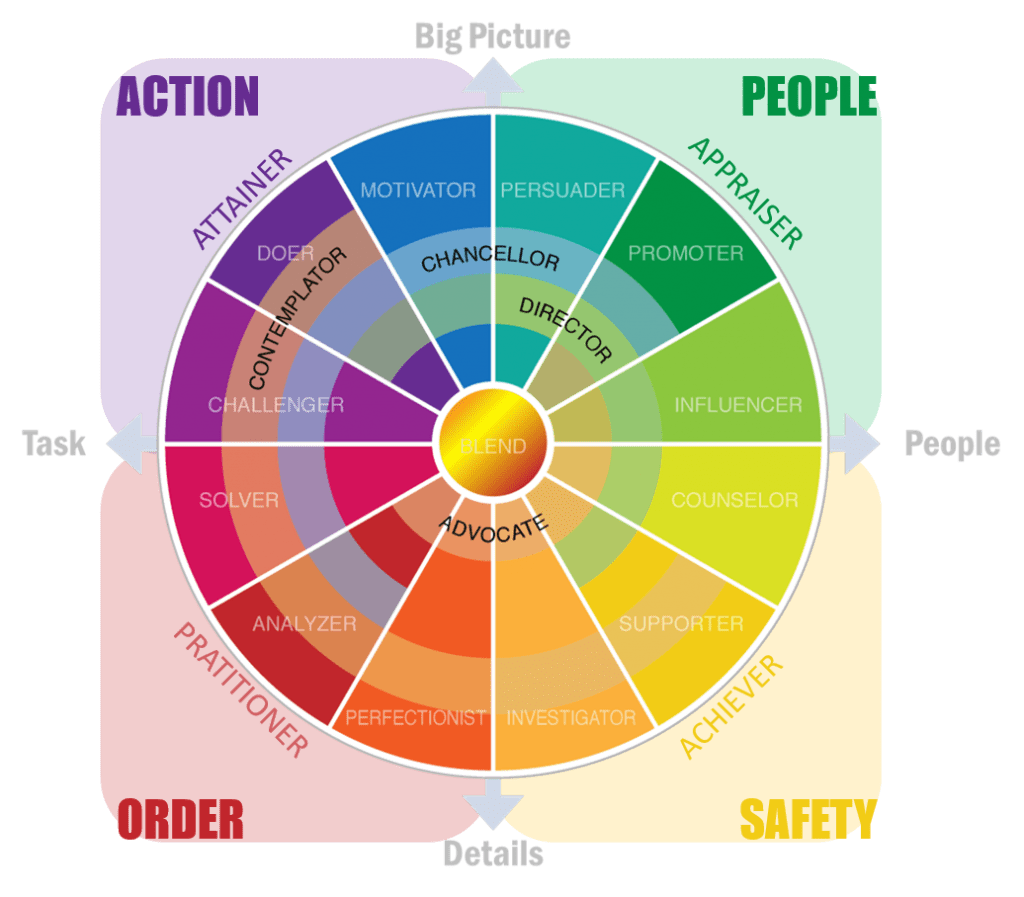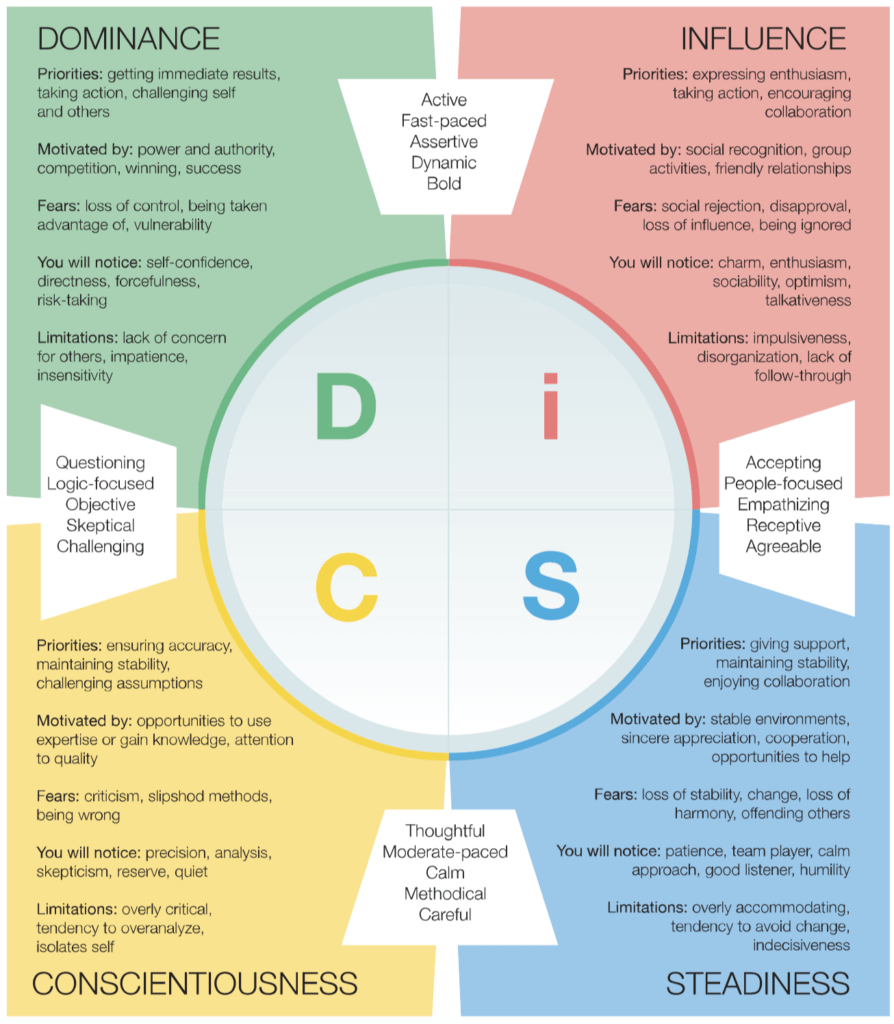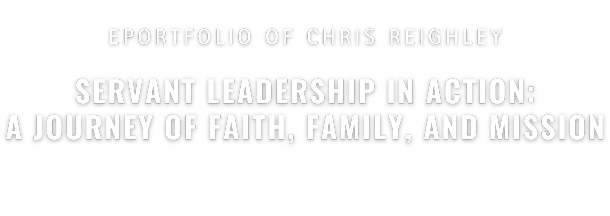— self-leadership
Personal Development Reflection:
Learning to Lead with Grace (and a Little Less Control)
If you had told me a few years ago that I’d be reflecting on my personal development journey with a list of personality assessments, strengths profiles, and communication styles, I probably would have smiled politely and moved on. But here I am, and let me tell you—it’s been quite the adventure of self-discovery. I’ve learned a lot about myself, both the good and the not-so-good, and somewhere along the way, I realized that leadership is less about having it all together and more about embracing the journey with humility, a few laughs, and a whole lot of grace.
The ISTJ Who Never Saw It Coming
Let’s start with the basics: according to the Myers-Briggs test, I’m an ISTJ (Introversion, Sensing, Thinking, Judging). Fancy, right? It essentially means I like structure, logic, and, let’s be honest, having things in order (MBIT, 2024, p. 6). This personality type probably explains why I naturally gravitated toward disaster relief work with the Austin Disaster Relief Network (ADRN). After all, organizing chaos, making quick decisions, and keeping my head when everyone else is losing theirs seemed to fit like a glove.
But here’s the catch—my ISTJ ways also meant I wasn’t always the best at letting people in. I’ve always been good at figuring things out on my own, but what I’ve come to realize is that leadership (and life, really) isn’t a solo endeavor. In fact, sometimes the best solutions come from throwing out the perfectly planned route and letting others contribute, even if their ideas take things in an entirely different direction. It’s a humbling realization but a freeing one. I don’t always have to have the answer—and that’s okay.
StrengthsFinder: A Blessing and a Burden
Now, onto StrengthsFinder. This tool is supposed to tell you what you’re naturally good at, and boy did it hit the nail on the head. My top strengths are Context, Learner, and Responsibility (Reighley, 2022, p. 2). Translation? I love digging into history, constantly learning new things, and—oh yes—taking on more responsibility than is healthy.
It’s no surprise, then, that Responsibility nearly did me in after Hurricane Harvey. I threw myself into the work, leading disaster response efforts, juggling tasks, and making sure every little detail was handled. And while that sounds noble, the reality was far less glamorous. I burned out. Big time. It turns out that carrying the world on your shoulders isn’t a great long-term strategy. Shocking, I know.
It was in that season I learned the hard but invaluable lesson of stepping back, relying on others, and—perhaps most importantly—trusting God to handle what I couldn’t. And honestly, letting go of some of that responsibility? It felt like exhaling after holding my breath for far too long.
Communication Styles: The Doer Who Needed to Stop Doing So Much

The Communication Styles 2.0 framework pegs me as a Doer—the kind of person who loves getting things done, solving problems, and moving projects forward (Endress, 2024, p. 15). This works out great in certain contexts, like when you need to quickly organize a disaster relief team or when you’re building out the vision for Shoe Leather Gospel. But the downside? I can get so laser-focused on the goal that I forget to take a breath and, you know, talk to people.
My natural tendency is to communicate directly and efficiently, which is great for checking off tasks but not always great for relationships. I’ve had moments where I moved so fast, I didn’t stop to make sure everyone was on board, and that’s something I’m working on. I’m learning that leadership isn’t just about moving things forward; it’s about bringing others along for the ride, even if it means slowing down a bit. After all, what good is getting to the finish line if you’ve left your team in the dust?
Shoe Leather Gospel: Building Something Bigger Than Me
Now, let’s talk about Shoe Leather Gospel. This ministry is where all my strengths (and challenges) come together. With my love for Context and Learner driving the vision, I’ve poured myself into creating a platform that combats biblical illiteracy, teaching believers how to walk out their faith in the real world. I’m passionate about connecting biblical truths to everyday life, drawing on history and theology to make the Gospel relevant and practical (Reighley, 2022, p. 11).
But here’s the thing—I can’t do it alone. And honestly, I don’t want to. My strength in Individualization means I love seeing the unique gifts in others and finding ways to bring those gifts together to make the ministry stronger (Reighley, 2022, p. 11). This has been a major shift for me, moving from a mindset of “I need to do it all” to “We can do this together.” It’s a work in progress, but I’m learning to let go of control and invite others into the process. And guess what? It’s making Shoe Leather Gospel better than I ever could have imagined.
Embracing Growth: Lessons Learned Along the Way

Looking back, I can see how much I’ve grown—not just in my leadership skills but in my willingness to let go. My C style perfectionism still rears its head from time to time, but I’m learning that leadership isn’t about doing everything perfectly. It’s about showing up, being present, and giving others the chance to shine (Reighley, 2022, p. 5).
I’ve also come to appreciate my Influencing strengths more (even though they don’t always come naturally to me). I’m learning to inspire others, not just by what I do but by how I lead. It’s a shift from being the person who gets things done to being the person who helps others do their best work. And you know what? It’s a lot more rewarding than I expected (Reighley, 2022, p. 14).
As I look toward the future—especially as I continue my studies at The Bush School and grow Shoe Leather Gospel—I’m excited to see how these lessons will shape the next chapter. My vision for the ministry is bigger than me, and that’s a good thing. I’m learning to trust God with the details, knowing that He’s working through me and the amazing team He’s placed around me.
Conclusion: Learning to Laugh and Let Go
If there’s one thing I’ve learned through all of this, it’s that leadership doesn’t have to be so serious. Yes, there’s a lot at stake, and yes, the work we’re doing matters. But there’s also room for laughter, for humility, and for admitting when we don’t have it all together. I’m still learning (and always will be), but I’m grateful for the journey.
Whether it’s leading through disaster relief, building Shoe Leather Gospel, or navigating my studies at The Bush School, I’m committed to showing up with grace and leaving space for God to move. And along the way, I’ll try to keep my ISTJ tendencies in check, let go of a little bit of that responsibility, and maybe even delegate a thing or two. After all, I’m only human—and thank goodness for that.
References
Communication Styles 2.0. (2024). How communication styles can improve team dynamics. Maximum Advantage. Retrieved from https://communicationstyles2.com
Endress, P. (2024). Communication styles 2.0: Understand your natural tendencies and communicate more effectively. Communication Styles 2.0. Retrieved from https://communication-styles.com
MBIT. (2024). Myers-Briggs Type Indicator: Step I Personal Impact Report. Texas A&M University, Bush School of Government & Public Service.Reighley, C. (2022). StrengthsFinder Report: CliftonStrengths 34 Results. Gallup Analytics

